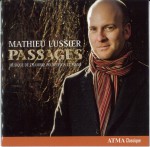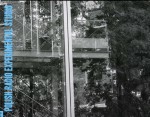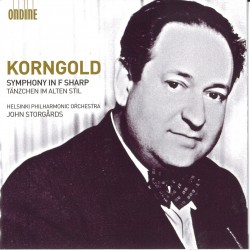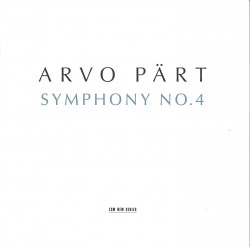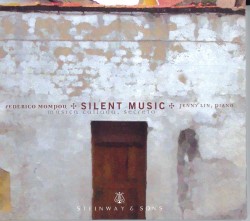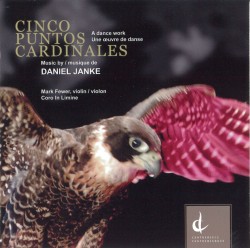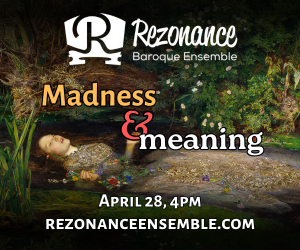Mathieu Lussier - Passages - Pentaedre; Louise Lessard; Claudia Schaetzle; Fraser Jackson
Pentaedre; Louise Lessard; Claudia Schaetzle; Fraser Jackson
ATMA ACD2 2657
Bassoonist and composer Mathieu Lussier’s compositions here feature wind instruments and piano in various combinations, some conventional and others unusual. Lussier writes fluently and eclectically for winds in solo and chamber music that has won support of major performers. His works align with the French neoclassical woodwind tradition, and add distinctive touches. I particularly like his Sextet for wind quintet and contrabassoon, a concise three-movement work in which the contrabassoon provides both weight and wit!
Lussier plays and conducts early music, and a baroque influence is noticeable. It shows up in harmonic progressions and in the presence of the siciliano and chaconne, for example. Also, there are popular elements along with the baroque; after all, repeated chord progressions in pop songs can be compared to the ground bass which appears in the last movement of the Sextet and in Passages for bassoon and piano. In the White Rock Sonata syncopation provides a rhythmic spark to the earlier style.
The latter two works show Lussier himself to be an expressive and technically facile bassoon soloist. I am also particularly taken with clarinettist Martin Carpentier’s performance of the Introduction and Sicilienne. In fact the wind soloists are all of high calibre, including also flautist Danièle Bourget, oboe d’amore player Normand Forget, alto saxophonist Claudia Schaetzle, French horn player Louis-Philippe Marsolais, and contrabassoonist Fraser Jackson. Finally, Louise Lessard’s exemplary pianism not only accompanies but periodically steers well-paced and convincing interpretations.


